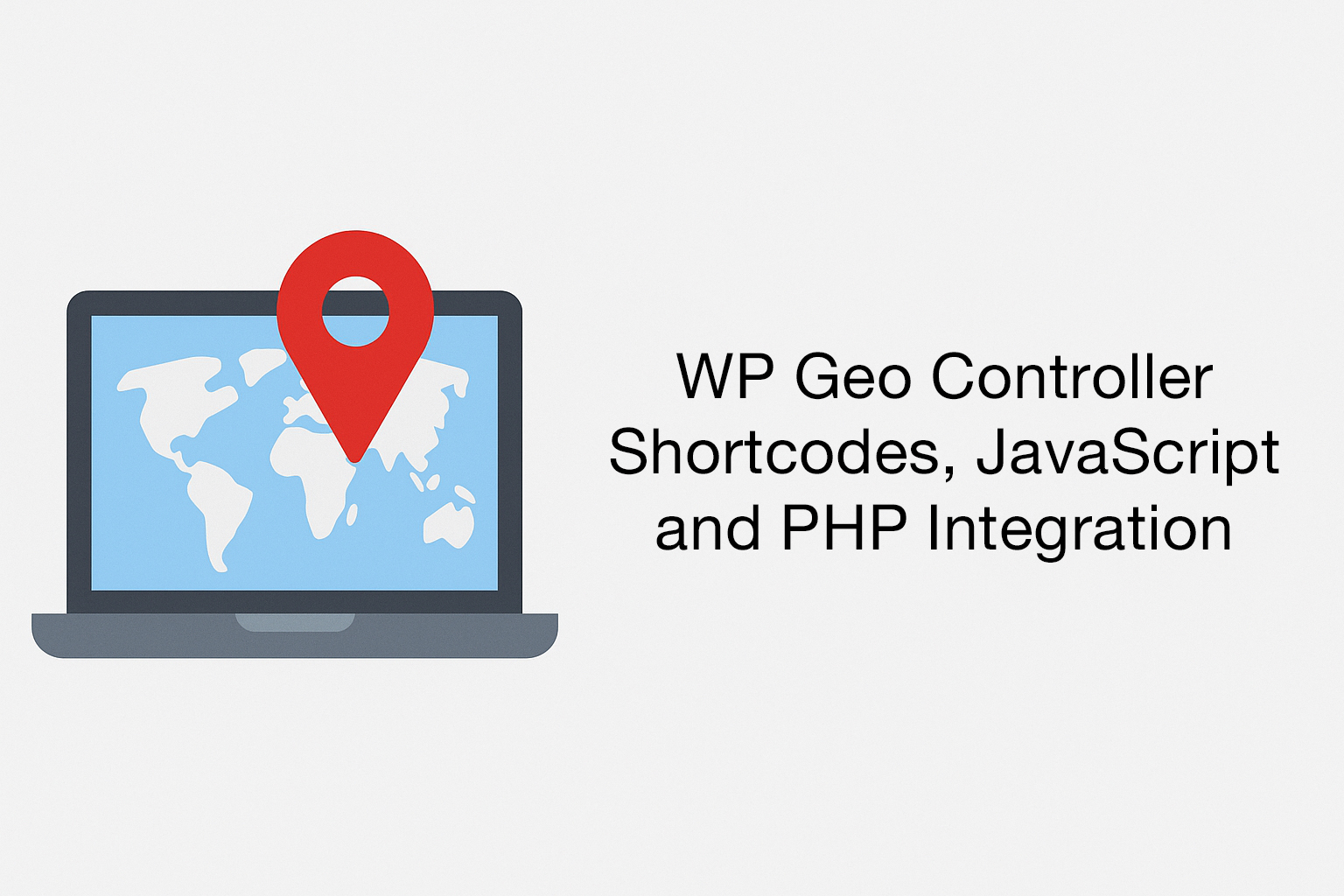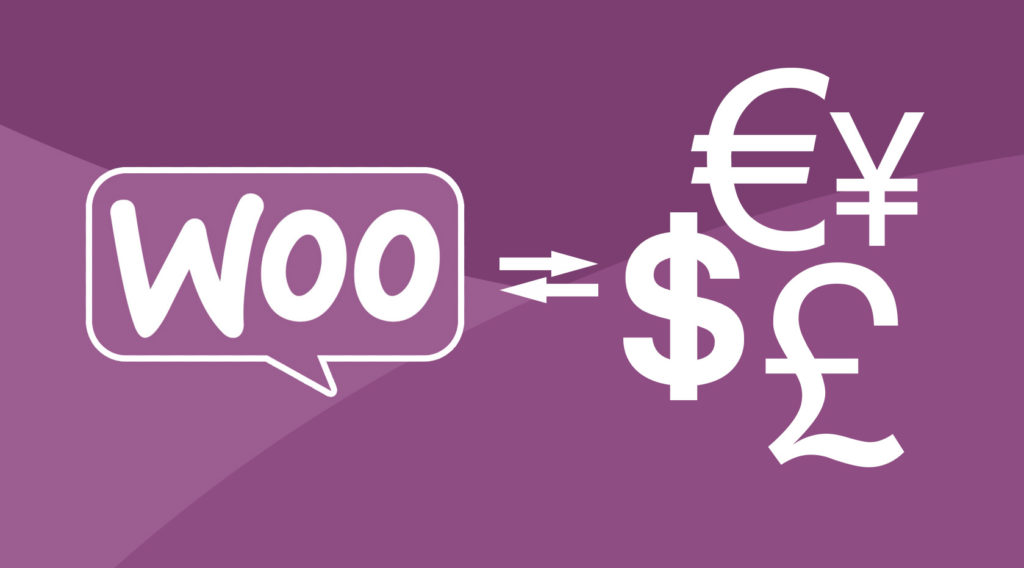When it comes to building a modern WordPress website, geolocation is no longer just a “nice to have” feature. Whether you run e-commerce, local services, or a global platform, the ability to detect user location and deliver personalized content can boost conversions, SEO, and user engagement.
In this guide, you will learn how to use WP Geo Controller shortcodes, PHP functions, and JavaScript integration in 2025. The goal is to help you display location-based content, control user experiences, and optimize your WordPress SEO with localized targeting.
Why Use WP Geo Controller in 2025?
– Detect a visitor’s country, city, region, timezone.
– Show or hide content based on location and rules.
– Integrate with WooCommerce for currencies, shipping, and payments.
– Improve SEO with localized landing pages and targeted keywords.
– Stay transparent and privacy friendly for GDPR and similar regulations.
1. WP Geo Controller Shortcodes
Shortcodes are the fastest way to add geolocation logic inside posts, pages, or widgets. Non-developers can localize content without touching code.
Example 1: Display visitor’s country
[cfgeo return="country"]
Example 2: Show different text for specific locations
[cfgeo if_country="US"]Welcome American visitors![/cfgeo] [cfgeo if_country="GB"]Hello UK users![/cfgeo]
Example 3: Conditional content for multiple countries
[cfgeo if_country="FR,DE,IT"]Free shipping across Europe![/cfgeo]
Full shortcode reference: WP Geo Controller Shortcodes
2. WP Geo Controller PHP Integration
For developers, PHP functions provide full control inside themes or custom plugins. You can precisely shape redirects, currencies, pricing, shipping, and more.
Example 1: Get visitor’s country
<?php
$country = CFGP_U::api('country');
echo 'You are visiting from ' . esc_html($country);
?>
Example 2: Redirect users based on country
<?php
if (CFGP_U::api('country_code') === 'DE') {
wp_redirect('/de/'); // Redirect to German landing page
exit;
}
?>
Example 3: Conditional WooCommerce currency
<?php
if (CFGP_U::api('country_code') === 'US') {
add_filter('woocommerce_currency', function() {
return 'USD';
});
}
?>
Full PHP reference: PHP Integration
3. WP Geo Controller JavaScript Integration
Sometimes you need location data directly in the browser for dynamic UX, AJAX, or front-end apps. Use the global object to access resolved geodata.
Example: Show visitor’s city and country with JavaScript
<script>
console.log('Visitor city: ' + (CFGP.data && CFGP.data.city ? CFGP.data.city : ''));
console.log('Visitor country: ' + (CFGP.data && CFGP.data.country ? CFGP.data.country : ''));
</script>
JavaScript reference: JavaScript Integration
Best Practices for 2025
– Combine shortcodes and PHP: shortcodes for quick edits, PHP for deeper automation.
– Mind SEO: provide crawlable content for bots and use dynamic content for UX where it makes sense.
– Be transparent about pricing or offers affected by geolocation to build user trust.
– Test with multiple regions using VPNs or staging tools to validate rules and fallbacks.
Conclusion
In 2025, location-based targeting is about delivering the right content at the right time. With WP Geo Controller shortcodes, PHP integration, and JavaScript hooks, you can create personalized experiences that improve engagement, conversions, and SEO rankings.
Explore the docs to go deeper: WP Geo Controller Documentation




